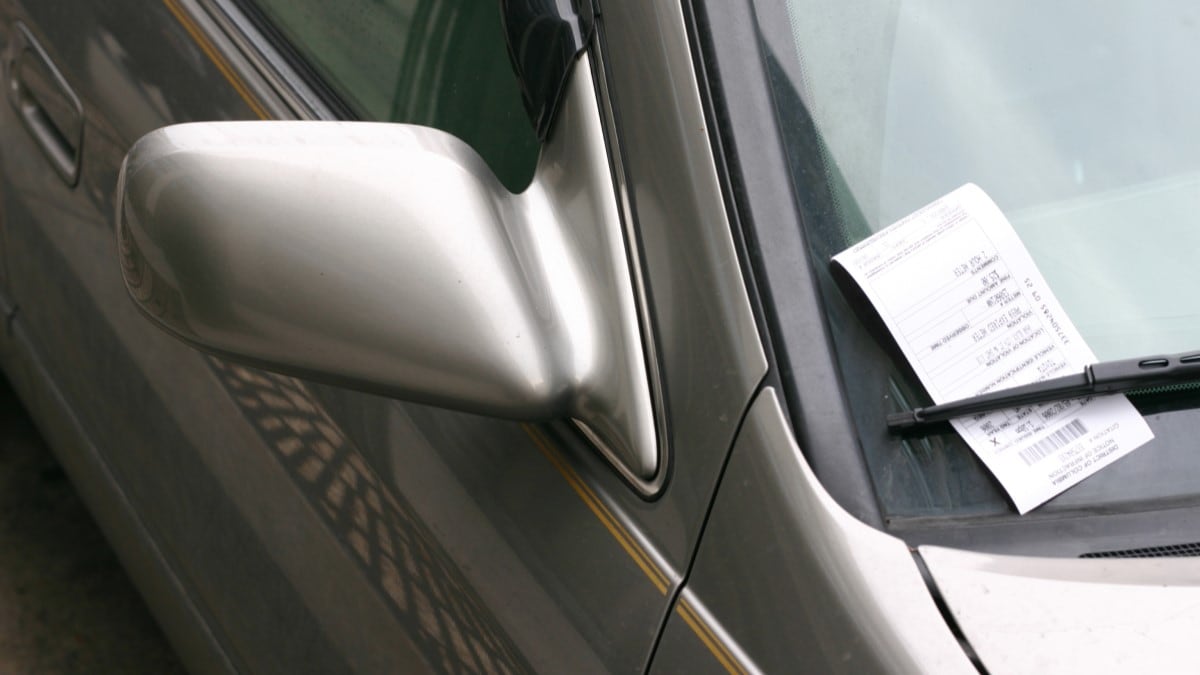Phishing has come to the offline world in the most annoying of forms – parking tickets. At least three cities, in recent weeks, have warned residents not to pay fake tickets that may appear on their cars or phone screens.
In New York City, the scam comes via text message. New York’s WPIX explains, “A widely distributed text message claiming to be from ‘New York CityPay’ is fake. The text warns of a fake unpaid parking invoice of $2.50, that will become a $25 charge if not paid.”
City attorneys have shut down 11 fake sites connected to the scam.
Related: 7 Ways To Protect Yourself When Selling A Car Privately
Scams can look more official than a text message. In Alhambra, California, the Los Angeles Times reports, “The Alhambra Police Department is warning residents that someone is leaving fake parking tickets on vehicles that include a QR code directing to a website not affiliated with the city.”
The fake tickets are printed with a receipt printer, so they have the dimensions you’d expect from a grocery store receipt. “A legitimate citation is either a two-sided piece of paper with instructions on how to pay the fine, or a yellow ticket in an envelope, officials said. Neither includes a QR code to make payments,” the Times reports.
A similar fraud in Calgary, Ontario, also uses a receipt printer. In that case, it directs drivers to a website that looks remarkably close to that of the actual Calgary Parking Authority, says Canada’s CTV News.
Related: Study – Infiniti Drivers Get The Most Tickets
Check if Your Ticket Is Real
Now that some version of the scam has appeared on both coasts, it’s likely to spread. If you find a ticket suspicious, you can call the agency that issued it to find out if it’s real (don’t call the number on the ticket; if there is one — look it up yourself).
It might be tempting to pay the ticket to make it disappear — one reason the New York scam asks for just $2.50. But tickets are big business. The New York Times reported in 2021 that it found “over 730 municipalities rely on fines and fees for at least 10% of their revenue.”








